Is More Training Always Better?
Why do two judo athletes who train the same amount, with similar drills and intensity, end up with radically different results — one claiming an Olympic medal and the other fading into obscurity? Intuition suggests more training = better results.
But the science tells a more nuanced story.
In this NotebookLM podcast, we examine factors crucial for developing elite judo athletes, particularly those aiming for the Olympics.
A Tale of Two Judokas
Meet André and Carlos. Both are seasoned Brazilian judokas, training under the same national program. They started judo young, spent the same hours on the mat, and pushed equally hard in randori. Yet on the world stage, André stands on the podium — Carlos doesn’t make it past the repechage.
André remembers the moment. "I wasn't faster. I wasn't stronger. But I knew exactly what I wanted to do the second I gripped up."
What made the difference?
⸻
Training Time ≠ Outcome
At elite level, you'd think more training hours equals more medals. But a 2013 study by Franchini & Takito flipped that assumption on its head.
Their research showed that medalists and non-medalists trained roughly the same amount. Both groups practiced standing techniques, groundwork, physical conditioning, and did plenty of randori. In other words, sheer volume didn’t separate them.
Further Reading: Franchini, Emerson & Takito, Monica. (2013). Olympic Preparation in Brazilian Judo Athletes: Description and Perceived Relevance of Training Practices.
It wasn’t about how much they trained. It was about how they trained.

⸻
Less Groundwork, More Gold?
One of the more intriguing findings: Olympic medalists spent less time doing groundwork randori — and they reported it felt easier too.
At first glance, that might seem like a disadvantage. But there’s another way to read it. Medalists may have intentionally focused on the stand-up game, where most matches are won. Or perhaps their groundwork was so efficient it didn’t require the same volume to stay sharp.
This wasn’t about slacking off. It was about strategic focus.
⸻
The Hidden Power of Grip Endurance
You don’t win judo matches with technique alone. You win them by holding on when your opponent can’t.
Grip endurance — not just grip strength — emerged as a major physical difference-maker in a 2024 follow-up study by Franchini. With grip fighting eating up more than half of many matches, the ability to maintain control under fatigue becomes a decisive factor.
Further Reading: Franchini, Emerson. (2024). Training Judo Athletes for the Olympic Games a Sport Science Approach Focusing on the Physical Dimension
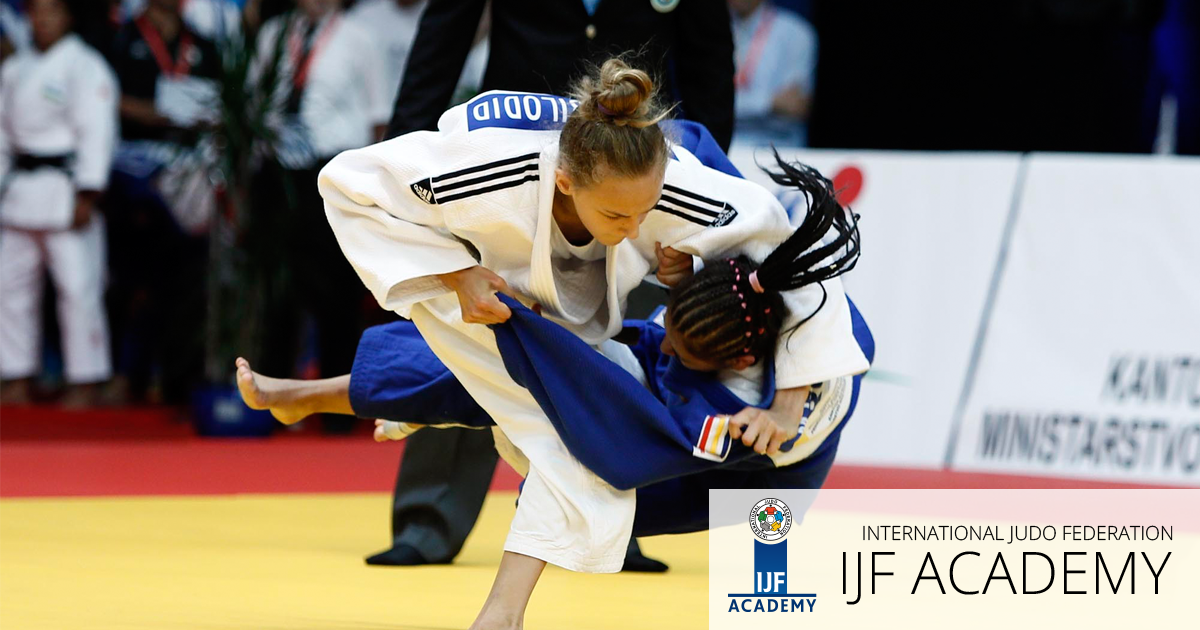
That’s why medalists train with judogi pull-ups, farmer’s carries, and rope climbs. These aren’t gimmicks — they’re how elite athletes train their hands, arms, and minds to stay connected when it counts.
We train the hands to train the heart. If you let go, you're done.
⸻
The Mental Edge Isn’t Optional
Medalists weren’t just physically sharper — they were mentally tougher.
According to a 2025 study by Dos Santos & Murakami, Olympic judo champions showed higher levels of long-term motivation and psychological control. They were more focused on the journey than the outcome. They handled pressure with more poise. They kept training when no one was watching. And they weren’t born with that. They built it.
Further Reading: Santos, Sérgio & Murakami, Adriana. (2025). OLYMPIC JUDO CHAMPION ATHLETES: MOTIVATIONAL ASPECTS OF TRAINING.
Tools like visualization, goal-setting routines, and mindfulness training are now standard in high-performance judo camps. These strategies don’t just help you stay calm — they help you stay in control.
The strongest grip might be the one on your own thoughts.
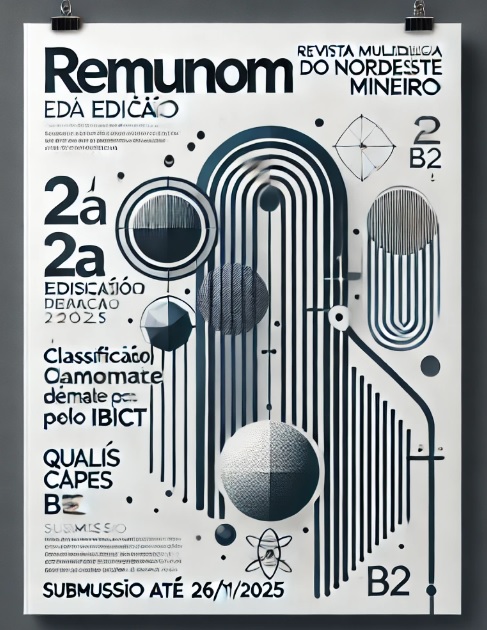
⸻
Technique Isn’t Magic — It’s Mechanics
Judo looks graceful when done well. But it’s not magic — it’s physics in motion.
Biomechanics researcher Attilio Sacripanti spent decades breaking down the principles behind elite throws. His conclusion? Great judo is built on repeatable, learnable patterns: kuzushi (breaking balance), tsukuri (positioning), and kake (execution).
Sacripanti introduced concepts like action invariants — common patterns across effective techniques — and examined how the body acts as a system of levers and rotations. When done right, the result is a throw that feels effortless but is loaded with biomechanical precision.
The perfect throw isn’t mystical. It’s engineered.
⸻
Why André Got the Medal
André didn’t train more than Carlos. He didn’t work harder, longer, or louder.
He trained with clearer purpose. He focused his energy on the skills that won matches. He built grip endurance to dominate in fatigue. He cultivated psychological tools to stay focused under pressure. And he used biomechanical principles to move efficiently and effectively.
Carlos was busy. André was deliberate. Carlos trained hard. André trained smart.
Takeaways for the Tatami
What the data tells us about medal-winning judoka—and what it means for the rest of us:
- Effort isn’t enough. Medalists and non-medalists trained for similar hours. What separated them was where they focused—and how deliberate that focus was.
- Grip decides control. Endurance-based grip training proved to be a competitive edge. Athletes who maintained grip under fatigue were more likely to dominate.
- Groundwork isn’t always the priority. Spending less time in ne-waza didn’t hurt medalists—it might have helped them concentrate on the standing exchanges that decide most matches.
- Mindset shapes performance. Long-term motivation, emotional regulation, and mental toughness were defining traits of Olympic champions—not just technical or physical ability.
- Biomechanics beats brute force. Efficient throws weren’t powered by strength alone. They were timed, positioned, and executed using the principles of leverage and balance
Final Thought
Elite judo performance isn’t a mystery. It’s a system — one that blends physical conditioning, mental preparation, technical efficiency, and strategic focus.
The best judoka don’t just do more. They do what matters.
Quiz: What physical attribute is identified as a key determinant in elite judo performance, particularly during matches?
A. Maximal leg strength
B. Grip strength endurance
C. Cardiovascular endurance
D. Flexibility
Answer
Correct Answer: B. Grip strength endurance.
Explanation: The blog post emphasizes that grip strength endurance, especially in the non-dominant hand, is crucial in elite judo, as grip fighting can consume up to 60% of active match time.
(1) Franchini, Emerson. (2024). Training Judo Athletes for the Olympic Games a Sport Science Approach Focusing on the Physical Dimension.
(2) Santos, Sérgio & Murakami, Adriana. (2025). OLYMPIC JUDO CHAMPION ATHLETES: MOTIVATIONAL ASPECTS OF TRAINING. Revista Multidisciplinar do Nordeste Mineiro. 2. 1-14. 10.61164/rmnm.v2i01.3503.
(3) Franchini, Emerson & Takito, Monica. (2013). Olympic Preparation in Brazilian Judo Athletes: Description and Perceived Relevance of Training Practices. Journal of strength and conditioning research / National Strength & Conditioning Association. 28. 10.1519/JSC.0000000000000300.
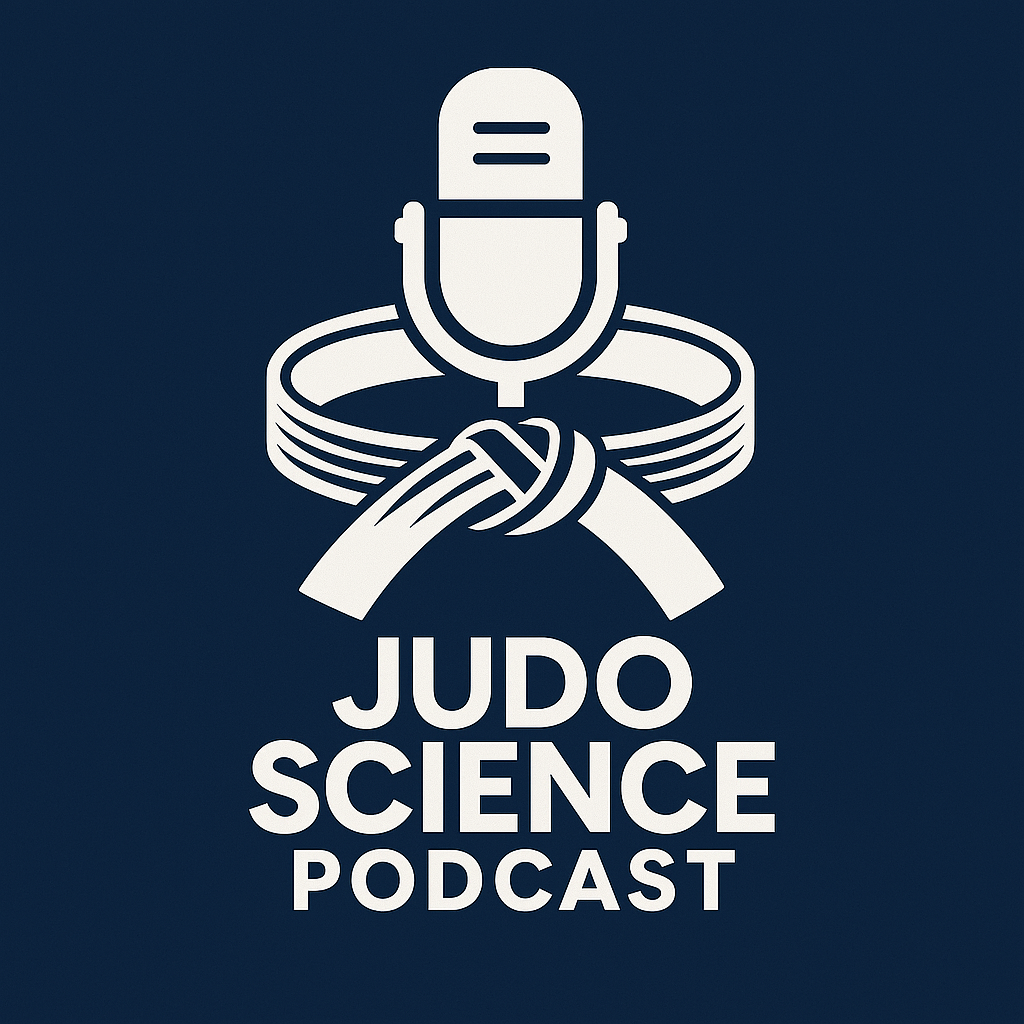
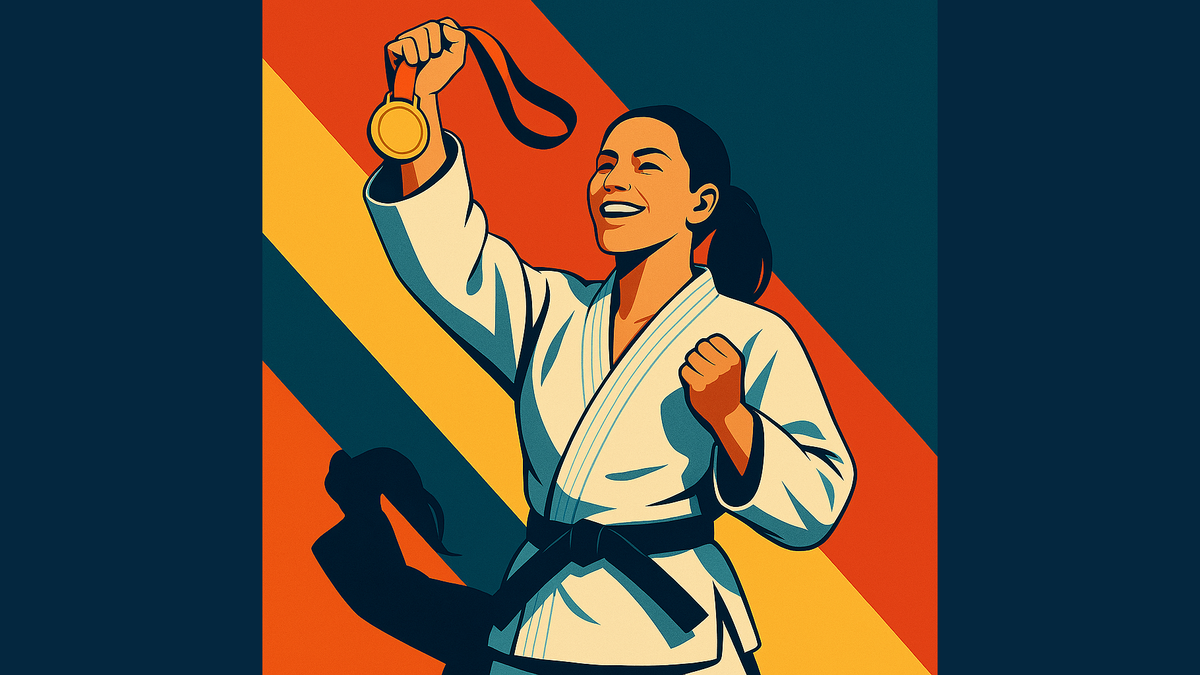


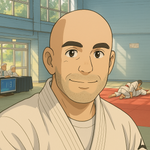
Member discussion: